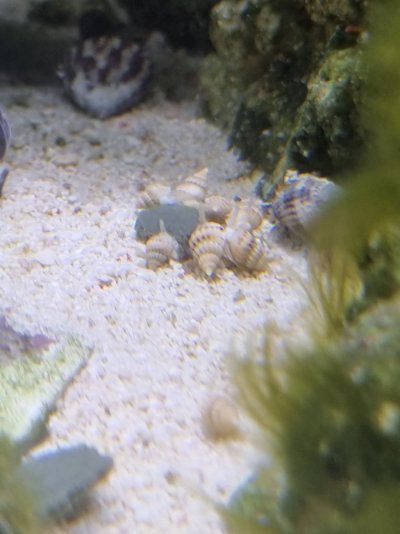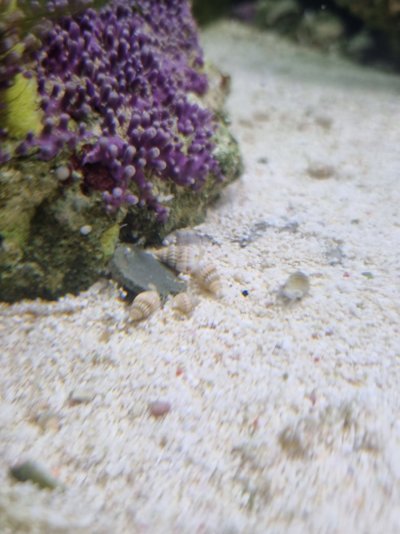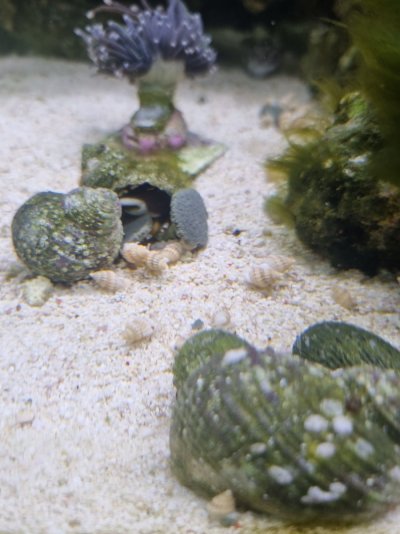Hi everyone,
I acquired my tank second hand around 8 months back. Noticed it had 2 small sandy coloured snails that stayed mostly under the sand. Now I notice a **** tonne of them everywhere!
I thought they were nassarius snails that bred from my original two, but everywhere I read online says this is highly unlikely.
If not nassarius, then what are these snails? Are they dangerous? I popped in some algae pellets so they'd emerge to take some pictures.
Any help appreciated



I acquired my tank second hand around 8 months back. Noticed it had 2 small sandy coloured snails that stayed mostly under the sand. Now I notice a **** tonne of them everywhere!
I thought they were nassarius snails that bred from my original two, but everywhere I read online says this is highly unlikely.
If not nassarius, then what are these snails? Are they dangerous? I popped in some algae pellets so they'd emerge to take some pictures.
Any help appreciated
























